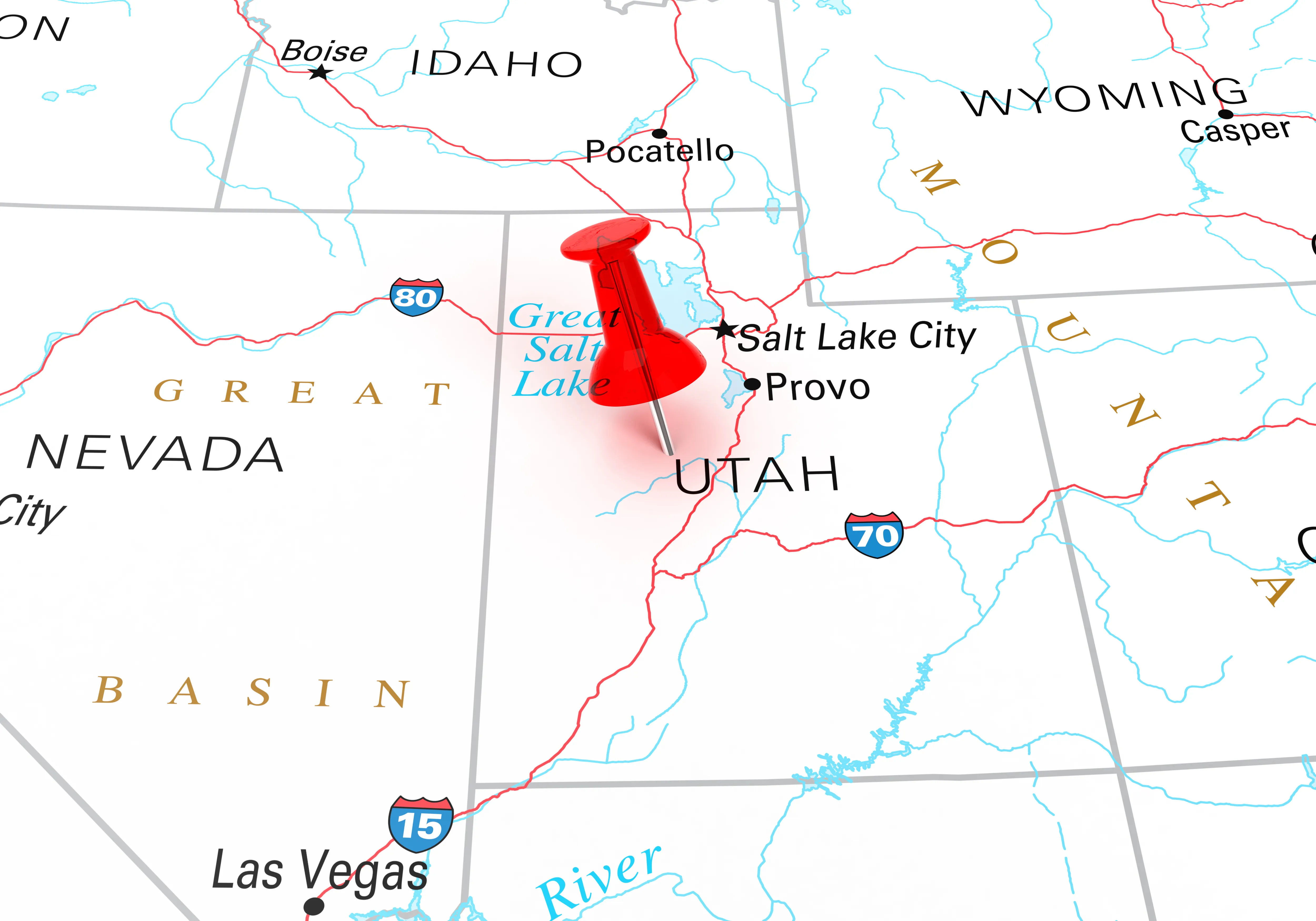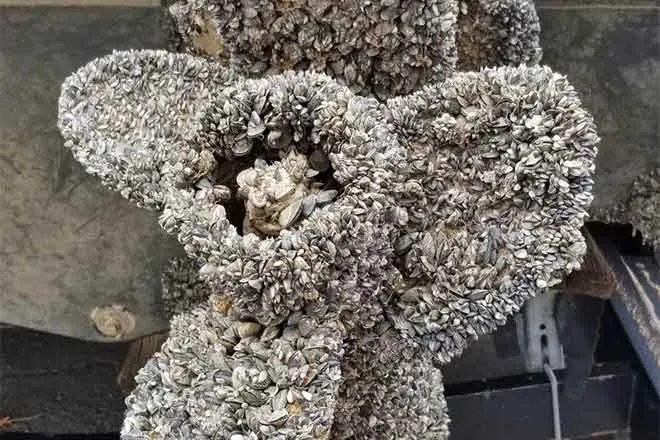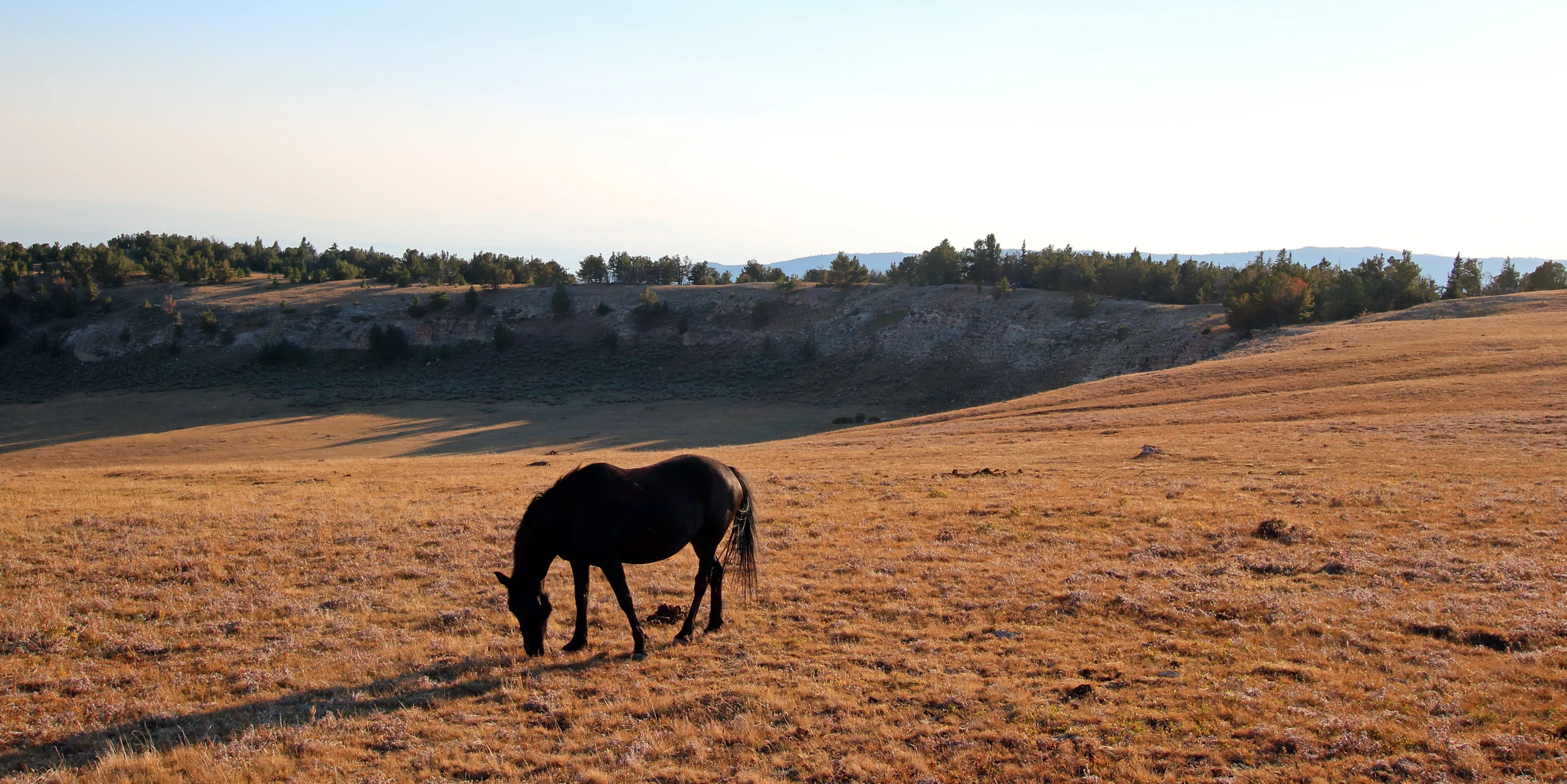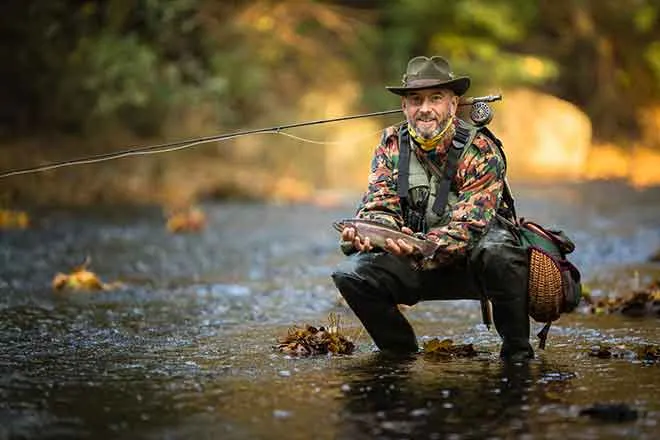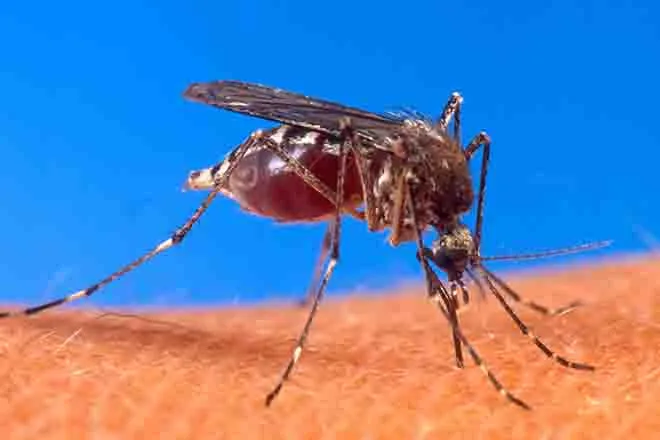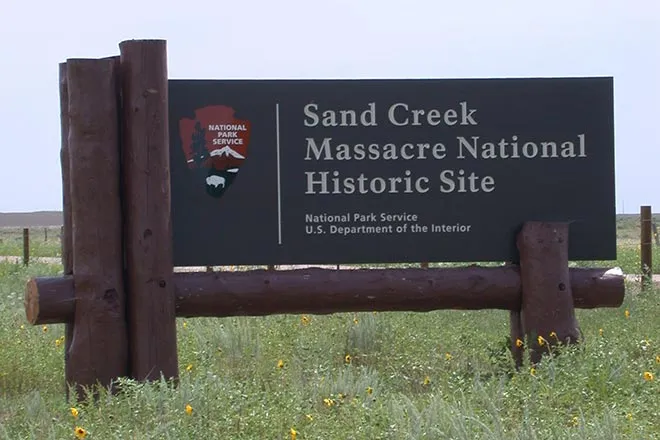
Tips to keep Colorado trees healthy during searing summer temperatures
Click play to listen to this article.
(Colorado News Connection) With the heat of summer pouring into Colorado, tree experts are offering tips for keeping our shade-producing friends in good health now, and throughout the year.
Jay Judd, district manager for the Davey Tree Expert Company, which serves the Denver metro area, said now is a good time to check trees near your home, especially after recent severe weather.
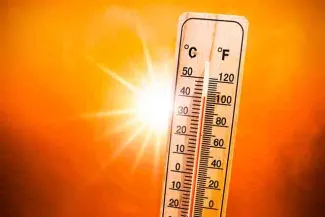
© iStock - Xurzon
"It's good to just look up and assess the tree," Judd explained. "See if you have anything broken in there, or any major dead branches that are really evident now that the trees have leafed out. You could have some hazards."
Clean up and prune any unsafe, broken or hanging branches you can reach from ground level. Judd recommended higher branches should be handled by a certified arborist. Spring is also a great time to plant new trees and shrubs. The Colorado Tree Coalition has a free guide available online to help you choose the right tree for the right location.
Trees help improve health, reduce noise pollution, provide habitats for wildlife and reduce stormwater runoff. Preserving trees and helping new ones thrive can also mitigate the worst impacts of climate change by removing climate pollution from the atmosphere and keeping neighborhoods cool. Judd noted a warming climate is already impacting tree health.
"We're seeing a lot more stressed out trees," Judd observed. "It's definitely impacting neighborhoods that are more of a concrete jungle, as these individual trees -- and these islands that are in the middle of parking lots -- die off because they're just getting blasted by this heat."
He emphasized watering trees slowly will allow water to seep deep into the root structure. New trees need about 10 gallons per inch of trunk diameter, twice a week. Established trees need 15 gallons every other week. Judd added calling a professional arborist can also help address any die-off.
"The dead limbs you may see up in the canopy could be an insect or a disease," Judd explained. "They can diagnose that and prescribe some sort of treatments that can prevent that from spreading further."

